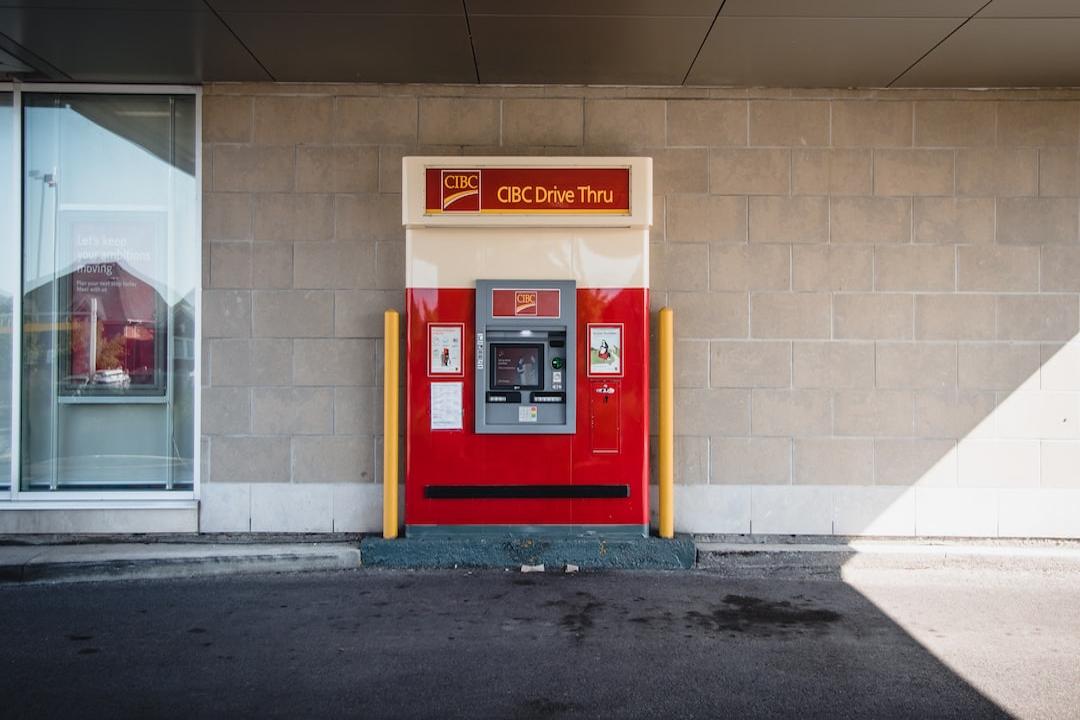Bloomberg ETF analyst pointed out that in recent weeks, the SEC has been actively meeting and negotiating with several institutions applying for Bitcoin spot ETFs. BlackRock had its third meeting with the SEC yesterday, and everyone is watching to see if they can convince the SEC to accept their updated “physical redemption model.” This new model is expected to open the door for Wall Street institutions that are unable to hold Bitcoin.
Cryptocurrency market has optimistic expectations for the Securities and Exchange Commission (SEC) to approve Bitcoin spot ETFs early next year. Bloomberg ETF analysts James Seyffart and Eric Balchunas both believe that the chances of spot ETFs being approved before January 10, 2024, are as high as 90%.
In recent weeks, the SEC has been actively meeting and negotiating with several institutions applying for BTC spot ETFs, which may indicate that the SEC is about to make a decision on whether to approve such products.
James Seyffart stated on X platform today (13th) that in the past few days, four different issuers have met with the SEC regarding their Bitcoin spot ETF applications. BlackRock had its third meeting with the SEC within weeks, while Grayscale, Franklin Templeton, and Fidelity also met with the SEC last week.
He added that representatives from the SEC’s Trading and Markets Division and the Division of Corporation Finance attended each meeting. These two divisions will ultimately decide whether and when to approve or reject the 19b-4 and S-1 forms submitted by the issuers. Eric Balchunas stated that BlackRock opens the door for institutions that cannot hold Bitcoin.
It is worth noting that according to the SEC’s public memorandum, BlackRock modified its physical redemption model for Bitcoin spot ETFs during the second meeting with the SEC on November 28th. This will allow Authorized Participants (AP) to create new shares in the fund using cash (not just cryptocurrencies). The updated “prepaid” model of the physical redemption allows Wall Street banks such as JPMorgan Chase or Goldman Sachs to act as APs for the fund, enabling these heavily regulated U.S. banks to bypass restrictions on directly holding Bitcoin or cryptocurrencies on their balance sheets, thus opening the door for these institutions.
According to the revised model, APs transfer cash to the Market Maker-Broker Dealer (MM-BD), who then converts the cash into Bitcoin, which is then stored by the ETF’s custodian provider (Coinbase Custody in the case of BlackRock).
BlackRock stated that the benefits of the updated physical model include reducing transaction costs, shifting risks away from participants and relying more on cryptocurrency market makers, and providing excellent resistance to market manipulation. Market manipulation has always been the main reason why the SEC has rejected spot ETFs.
Wall Street banks are expected to expand the liquidity of spot ETFs. So far, the prevailing view is that APs should be large market makers in the cryptocurrency field, such as Jane Street and Jump Trading, rather than Wall Street banks. However, this change in structure means that banks are able to participate and expand the team of liquidity providers. Sui Chung, CEO of CF Benchmarks, pointed out in an interview with Coindesk:
Related reports:
BlackRock’s Bitcoin spot ETF has received a £100,000 “seed fund”! Bloomberg analyst: significant meaning
Is Google paving the way for Bitcoin ETFs? Ads ban lifted: “Cryptocurrency Trust Advertising” allowed to update by the end of January next year
SEC Chairman refuses to discuss the progress of “Bitcoin spot ETF” and secretly meets with BlackRock to negotiate Bitcoin redemption mechanism


